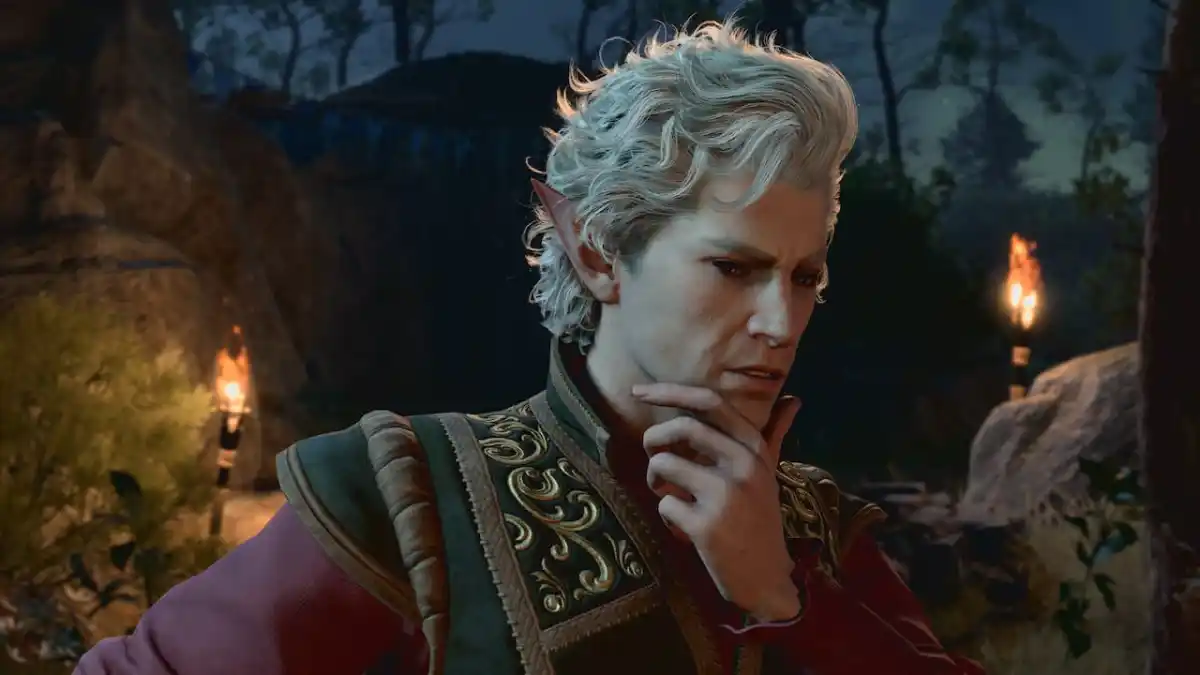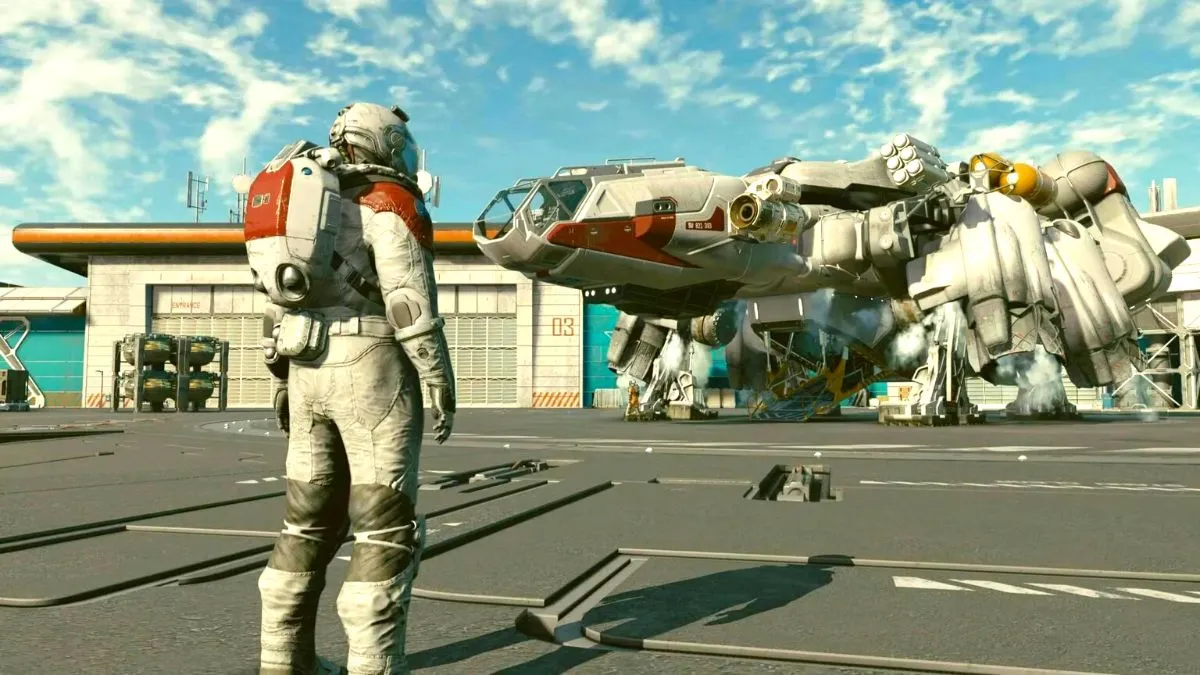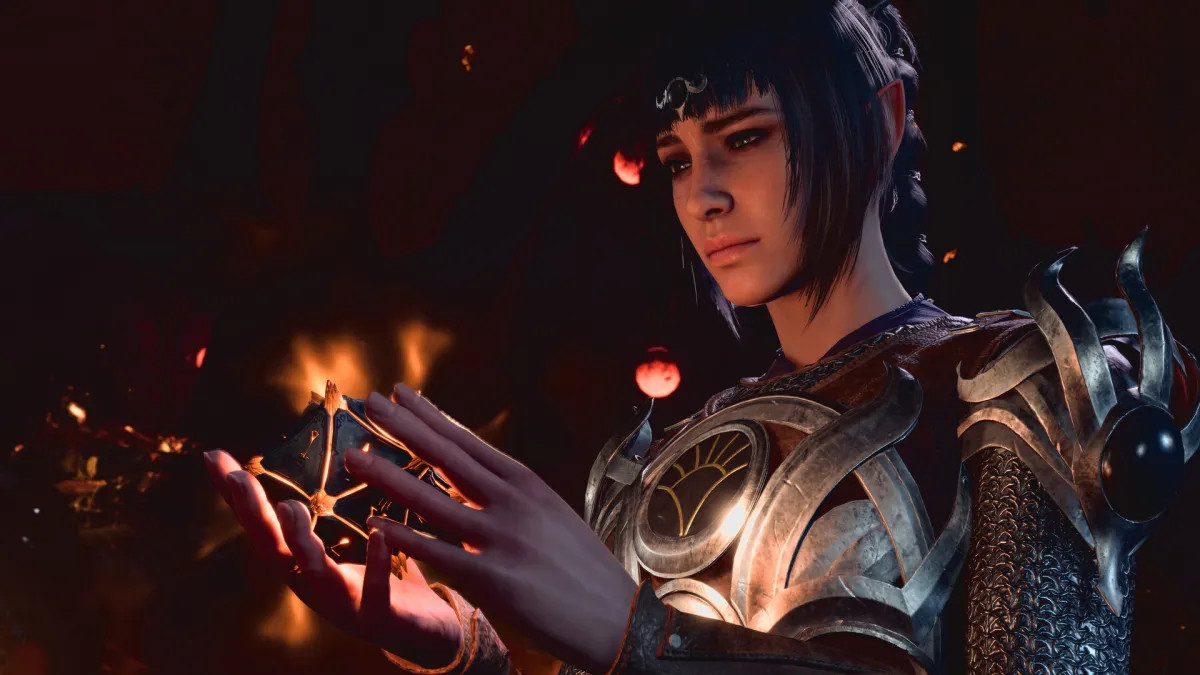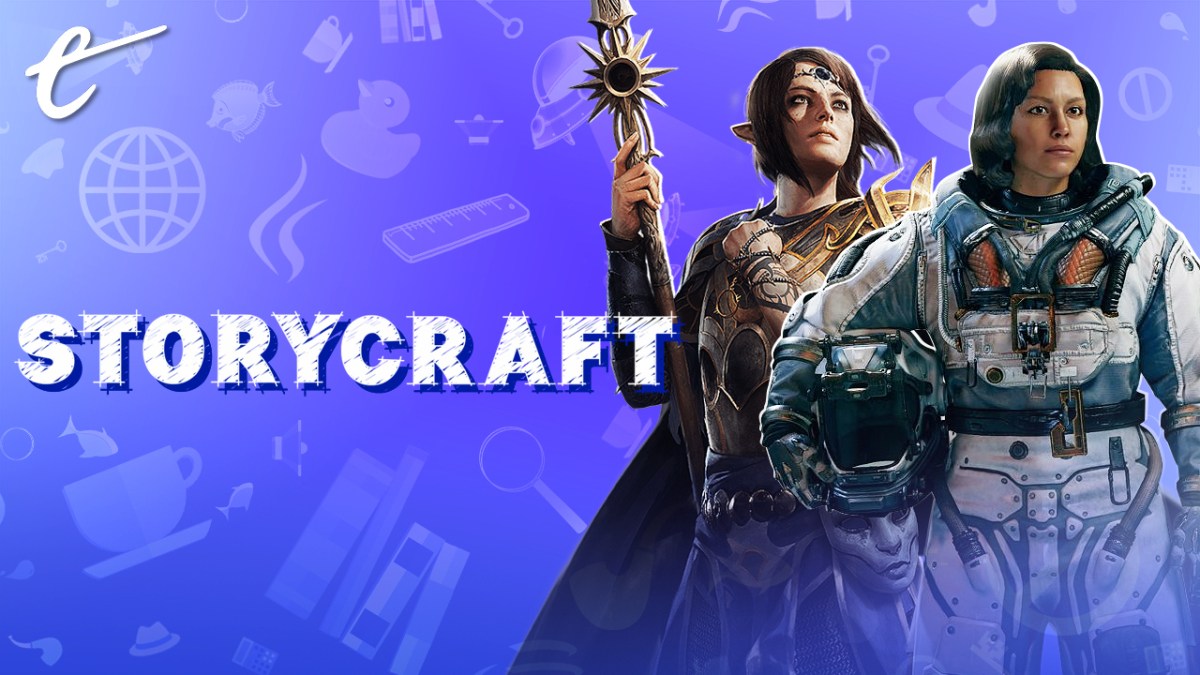In an infamous interview with Empire Magazine, Martin Scorsese, arguably the greatest living American film director, said that the movies in the Marvel Cinematic Universe are not “cinema.” “Honestly, the closest I can think of them, as well-made as they are, with actors doing the best they can under the circumstances, is theme parks.” He said, “It isn’t the cinema of human beings trying to convey emotional, psychological experiences to another human being.”
People were so pissed that he issued a clarification a few months later. He said that there is no risk in Marvel movies, and he’s right. You know exactly what’s going to happen in a Marvel movie, especially if you’ve been following the leaks, reports, and theories. If you’re really far down the fan theory rabbit hole, you might even hate the movies when they don’t give you exactly what you were expecting, when one character doesn’t end up being as meaningful as Reddit convinced you it would be, or a character death really is as final as it first appeared.
He has a lot to say, but the thing that I’m shamelessly cherry-picking for the purposes of my article about video games is this one: to Scorsese, movies are about “characters — the complexity of people and their contradictory and sometimes paradoxical natures, the way they can hurt one another and love one another and suddenly come face to face with themselves.”
Both Starfield and Baldur’s Gate 3 are loaded with characters, but in both, none is more important than the player. Each has a very different approach to how it places you at the center of its story.
Related: One of Starfield’s Most Memorable Side Quests Introduces Space Batman

In Starfield, you have no name. You can give yourself one, but this mostly serves to identify your save files. You aren’t even The Dragonborn or The Vault Dweller, as in previous Bethesda games. Your anonymity makes you a sort of narrative ghost, floating through the game’s story with no voice of your own. There are options you can select in the character creator to give you a bit more flavour, like loving parents or an ever-increasing bounty, but these serve as brief gameplay divergences at best.
I chose the Wanted trait, expecting a quest explaining who had placed the bounty on me and why, but it never materialized. Instead, sometimes you get attacked by Bounty Hunters, who are themselves attacked by Bounty Defenders, who gloat about how your bounty just keeps going up and one day they’ll collect, but they never do.
In Baldur’s Gate 3, you can choose to play as one of seven characters. All but one of them can also be members of your adventuring party. The seventh, The Dark Urge, gives an extra layer of flavor over a fully custom character. The Dark Urge puts a sinister, subversive twist on the hero’s journey. No matter who you choose to be, your character in Baldur’s Gate 3 is much more present in the world than Starfield‘s protagonist, but not at the expense of the supporting cast. In how it treats its characters, Baldur’s Gate 3 developer Larian Studios seems to agree with Scorsese, and your core cast is crafted with incredible care and attention to detail.
Astarion is probably at the top of the BG3 character fan rankings. The saucy, sarcastic vampire boy captured our hearts and arteries with his effete, flippant approach to adventuring. One of the first conversations you have with Astarion — after you catch him trying to bite your neck in your sleep — is a casual convo about how every member of your party tastes. Astarion, with his curly blonde hair and aristocratic bearing, is clearly inspired by Interview with the Vampire‘s Lestat, though he’s not as manipulative or sinister — unless you encourage him to be.
BG3’s party members will react to certain dialogue choices you make, and Astarion generally reacts well to sassy individualism and poorly to heroic altruism. He’s not a bad guy. He expressly refuses to kill sentient beings to sate his bloodlust…but he doesn’t mind biting them in their sleep. That’s not just narrative colour; it’s something you can do when controlling him. Hilariously, it gives him the status “Happy” and an attack bonus.
Astarion’s likes, dislikes, wants, and needs are communicated through tool tips and mechanics, but they’re also communicated through his mannerisms, fluctuations in his voice, and, crucially, moments where he doesn’t speak; when the camera catches him reacting involuntarily to something he sees or hears. We learn about Astarion the same way we learn about characters in movies or in real life — by observing their behaviour.
Related: Don’t Skip Starfield’s Most Useful History Lesson

Larian’s performance director Aliona Baranova laid all this out in an epic Twitter thread. Those mannerisms and tics aren’t animated. They’re not canned or programmed. They are the real reactions the actors had while recording the lines, not in a sound booth but in a studio in mocap suits. When you watch a dialogue scene in BG3, you’re watching an actor act with their whole body.
Starfield‘s approach is more traditional, with characters locked in a medium close-up with no motion capture. There are some good voice actors in Starfield, my immersive sim kings Elias Toufexis and Stephen Russell, among many others, but the performances don’t feel real like the ones in Baldur’s Gate. Carlos Valdes, who plays Constellation’s most spiritual member, Matteo, brings a lot of soul to his performance, but it’s clear his lines were all recorded in a booth. It doesn’t sound like he’s talking to anyone.
The many group conversations that take place around Constellation’s map table don’t feel like a half dozen people talking all at once, but six people taking turns saying their lines. I doubt BG3‘s group scenes were filmed with all the actors in the same room, but their physicality sells the illusion. Are the members of Constellation attempting to “convey emotional, psychological experiences to another human being” the way Scorsese demands? Maybe, but who’s the human being? You? You’re barely there. You can’t really respond other than through an extremely limited series of choices. I may have felt connected to the world of Starfield, but I never felt a connection to its characters.
However, I have a friend who played Starfield for hours with Barrett as their constant companion. Both on foot and in space, Barrett was always there, adventuring, fighting, and sharing. She thrilled in telling me how Barrett had confided in her. It was an experience I had never considered having. My Starfield ship is expressly built for one, and every time I had a passenger on board, they got in the way. I was so underwhelmed by Starfield‘s characters I even built my character around being a loner, but here was my friend telling me about a relationship she had developed with Barrett that was just as meaningful to her as mine was to Astarion. There was clearly depth there I hadn’t explored, but Starfield makes other choices that stifle whatever treasures might be found in their characters.
You are able to have longer conversations with Starfield‘s main characters, mostly the members of Constellation back at the Lodge. These are similar to the chats you can have with your party members at camp in Baldur’s Gate, but there’s no equivalent to catching Gale examining his own mirror image because the way Starfield handles dialogue doesn’t allow for that kind of creativity. Most of my conversations with my companions resulted from one of them pulling the dreaded “Hey, can we talk?” opener, statistically proven to be the absolute worst way to start a conversation. BG3‘s giant exclamation point speech bubble certainly is inelegant, but at least it doesn’t make me cringe.
All of Starfield‘s dialogue is done via talking heads with canned animations in a medium closeup. You “see” everything through your character’s eyes. It makes for more immersive exploration and combat but weakens the narrative because there’s more to immersion than perspective. The believability and realism of the performances in BG3 make an impact that Starfield can’t hope to match. Starfield‘s first-person perspective is designed to draw us in, but BG3‘s changing camera angles and cuts actually do a better job. Filmmaking techniques like these exist to counteract the abstraction of sitting in front of a screen; they simulate the experience of being in a real-life conversation.

However, Starfield‘s first-person perspective does augment the story you are writing for yourself. I enjoyed Starfield‘s main quest, though I generally enjoy the main questlines in Bethesda games. I think it’s fashionable to dismiss them as bullet train tours of the world, to give you an excuse to visit all the little icons that spread across your map. Skyrim‘s main story sends you to the afterlife, Fallout 4‘s main story features a pretty cool twist, and Starfield‘s main conceit is rad, though it’s about five years too late to be considered especially original.
As you travel on Bethesda’s narrative bullet trains, things happen to you. Either you encounter bespoke stories created by the game’s narrative team, or a few of the game’s systems collide in interesting ways. The best moments are when you can’t tell the difference.
I’ll never forget the first time I boarded an enemy ship in Starfield to discover I had knocked out their artificial gravity, and all the characters and items were floating freely in zero-g. I didn’t even know Starfield had zero-g gameplay! While exploring a planet, I came across a landed pirate ship. I snuck past the crew, boarded the ship, and took off, stranding them on the surface.
Starfield and Baldur’s Gate 3 are both at their best when they reward you for your “I wonder if I can do this?” improvisation. BG3 is more flexible with it since there is simply more variety to its encounters. You can sneak past an enemy, or try to convince them to flee, or that you’re their ally, or you can read or dominate their mind. You could drop something heavy on them, toss them in a hole, or cast a sleeping spell on them. Starfield‘s encounters generally boil down to “How long do you want to wait to shoot this dude?” and the world is coded with violence to accommodate this narrative shallowness.
This isn’t a bad thing! Starfield creates an effective space badass power fantasy. I found a handgun pretty early on that looks like the gun from the first Blade Runner but sounds and behaves like the gun from the second Blade Runner, and using it to blast dudes in zero-g after I’d disabled their ship in space combat is literally a dream I’ve had since I was a kid.
Does Baldur’s Gate 3‘s flexibility make it more complex than Starfield? Sure! But I don’t know if it makes it better. The main story of BG3 is pretty basic compared to Starfield. Though you can spice it up significantly by selecting The Dark Urge character, you’re still embedded in a heroic fantasy. It’s the illusion of freedom and control in how you move through those basic story beats that make games so uniquely compelling, and both Larian and Bethesda are masters of this illusion.
One of the things that makes art so intoxicating is when it creates scenarios that feel as if they were handcrafted just for us. Video games are not unique in this. Movies, the opera, sculpture, books: it’s possible to discover moments in any art that feel bespoke to us because we’re all part of the same cultural unconscious.
It’s fair to assume that someone working on a space game made for an American audience has watched, read, and played the same things I have and that there will be some elements that hit the pleasure centers of my brain like a particle beam. Being a white man in his late 30s, any story coded with “be man with cool gun and spaceship who is always right” is gonna hit more often than it misses, even if my adult desire for more sophistication chafes at the blunt pandering. I can’t overemphasize how cool that Blade Runner gun is!
The biggest difference between Baldur’s Gate 3 and Starfield is this: Baldur’s Gate 3 incorporates the player, like an improv show or, yes, a DnD campaign. BG3 meets you head-on, gives you interesting scenarios and reacts to your choices, bending and adjusting to accommodate your creativity. It’s not perfect; there are limits, and sometimes it breaks, but it tries.
Starfield acknowledges the player, like an immersive play or a theme park. It is constantly offering stories and potential adventures and things to look at and do. Starfield wants you to get your money’s worth and have fun by having random strangers muse about their problems out loud, gossip loudly as you walk by, or even call you on your spaceship phone to direct you to thrills and adventure.
Related: Why Starfield’s NPCs Looks So Weird and Uncanny
Both are artificial. Both are illusions. Both are satisfying in their own way. Neither is objectively better than the other, although, depending on your place in the cultural unconscious, one’s particle beams might hit more often than the other. Certainly, Baldur’s Gate 3‘s emphasis on character brings it more in line with Scorsese’s ideal, but neither Starfield nor Baldur’s Gate 3 is cinema. Does their interactivity exempt them from his high standard? I don’t think it does, and god knows neither Starfield nor Baldur’s Gate 3 are in the same galaxy as Killers of the Flower Moon, but at least both games make an earnest attempt to engage you beyond “make the numbers go up.”
The bottom line is late summer 2023 gave us two excellent AAA video games with compelling stories, plus Armored Core 6 and Sea of Stars, which both make their own contributions to this conversation. The world has space for theme parks, DnD, and cinema. One may ask more of you than the others, but all are worth exploring.






Published: Sep 24, 2023 05:00 pm